Source: HuffingtonPost.com
“We are all ice-dependent species.”
If you stumbled across an alarming chart about sea ice on Twitter last month and doomsday scenarios immediately leaped into your head, you’re not alone.
What the graph illustrates is true: There’s substantially less sea ice in the world than ever before. The Arctic ― and, for completely unrelated reasons, the Antarctic ― just closed out November with less ice than any other year in history.
But the real cause for alarm isn’t last month’s warming blip in the Arctic that temporarily stalled ice growth, an anomaly that happens from time to time. Nor is it the concurrent loss of ice in the Antarctic ― since, to the best of our knowledge, the behavior of sea ice in one hemisphere has nothing to do with the behavior of sea ice in the other.
The scariest part of all this is the long-term warming trend it follows.
“The 10 lowest years [of Arctic sea ice] have all occurred in the last 10 years,” said Julienne Stroeve, a senior research scientist at the National Snow and Ice Data Center.
Here’s why that matters, in the context of November’s stall in Arctic sea ice growth.
Typically, after a warm summer, the Arctic will cool down as it plunges into the darkness of winter. Sea ice will regrow, reflecting sunlight and shielding the waters below from further warming.
In mid-November of this year, unseasonably warm temperatures ― upward of 30 degrees Fahrenheit higher than normal ― occurred in the Arctic, chasing away the cooler air that normally settles in the region:
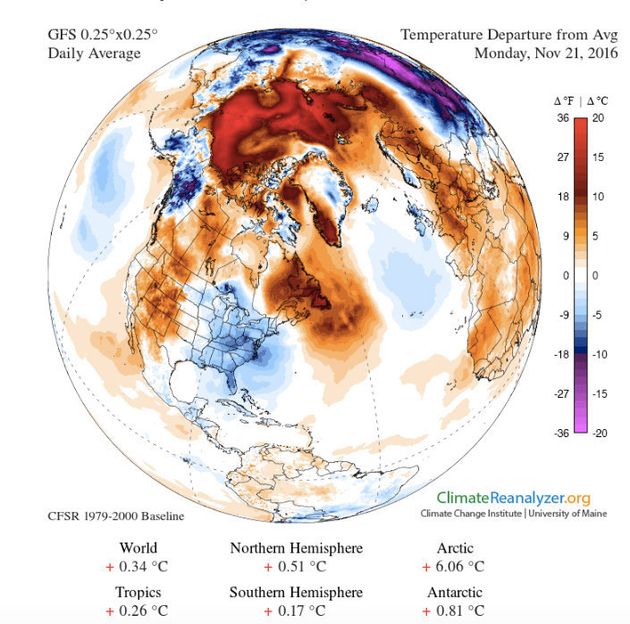
Image obtained via Climate Reanalyzer (http://cci-reanalyzer.org) Climate Change Institute | University of Maine USA
Air that’s 36 degrees warmer than usual displaced the Arctic’s normally cooler air in mid-November.
So instead of growing rapidly, as it normally does this time of year, the Arctic ice actually spent a couple of days last month shrinking ― as this graph, which shows the extent of sea ice on Nov. 19 (using data from JAXA), illustrates:

JAXA/National Institute of Polar Research
The red trend line depicts the advance of sea ice on Nov. 19, 2016. See where it curves downward at the far right? That’s the ice melting instead of growing.
On Nov. 20, at the height of that odd melt, there were 3.33 million square miles of ice in the Arctic ― nearly 400,000 fewer square miles than there’d been on the same day in 2012, the previous record low year, and approximately 880,000 fewer square miles than the average amount of ice from 1981 to 2010.
Here’s a satellite view of the ice growth from Sept. 19 to Nov. 19. For comparison, the orange and yellow lines represent the average ice extents in the 1980s, 1990s and 2000s:
Visualization of #seaice from 9/19-11/19/2016. Outer lines indicate the average sea ice extent in the 1980/1990/2000s. Watch the Kara Sea: pic.twitter.com/xRqaCJFV0c
— Zack Labe (@ZLabe) November 20, 2016
Alarming as last month’s downward tick seems, however, it is only a tick. “Stalls in ice growth are common,” said Stroeve, and the recent blip in the Arctic is “not necessarily unusual.”
More worrisome is the decades-long trend of ice retreating more and more every year.
This pattern means that at the start of every summer, not only does the Arctic have less ice coverage than the previous year, but the ice itself is thinner and more easily melted. This leads to a vicious cycle, with even thinner, more easily melted ice the following year.
“Slow ice growth in winter means that the ice will not be able to grow as thick as it normally does in winter. We saw this last winter with the warmest winter yet recorded during the satellite record in the Arctic,” Stroeve said. “A thin ice of course more easily melts out in summer, so it’s not a good start to the melt season next year. Thinning ice is certainly part of the reason why summer ice conditions have not recovered.”
If the long-term melting trend continues, the Arctic Ocean will likely see ice-free summers by the middle of this century, Stroeve said.
The direction of that trend, independent of freak weather events like we saw in November, should worry us more than anything else. It also increases the need for world leaders, including President-elect Donald Trump, a climate-change denier, to maintain existing commitments to global climate change accords.
Here’s an animation of Arctic ice thickness from 1979 to the present. Note the sharply decreasing amounts of deeper, older ice beginning around the year 2000:
A look at the loss of thicker (usually older) #Arctic sea ice in Octobers from 1979-2016 (PIOMAS, ice < 1.5 meters masked black) pic.twitter.com/BtHCwVUdKk
— Zack Labe (@ZLabe) November 14, 2016
“We are all ice-dependent species, and the shrinking sea ice cover removes that reflective blanket that helps to keep our planet cooler than it otherwise would be,” Stroeve said. “Thus, the loss of the Arctic sea ice amplifies global warming.”
The news isn’t any better in the Antarctic, where sea ice is coincidentally also at an all-time low.
While the Arctic is an ocean surrounded by land, the Antarctic is just the opposite ― a continent surrounded by water. As a result, notes NASA, sea ice behaves very differently in the two environments, and there’s not much that one can tell us about the other.
The sharp decline in Antarctic ice is especially puzzling, since it actually hit record highs in 2013 and 2014.
“Why Antarctic extent is also very low right now is something we are still puzzling over,” Mark Serreze, director of the NSIDC, told The Washington Post. “However, there’s really no connection between the extreme mutual anomalies in the two hemispheres that we are aware of. We have to wait and see what happens. Having said this, things are getting weird in the polar regions.”
Source: HuffingtonPost.com






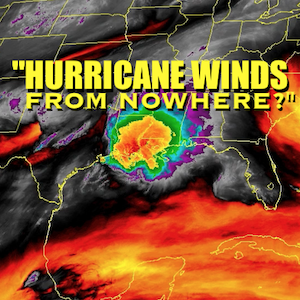
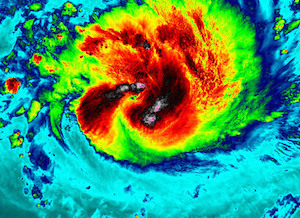




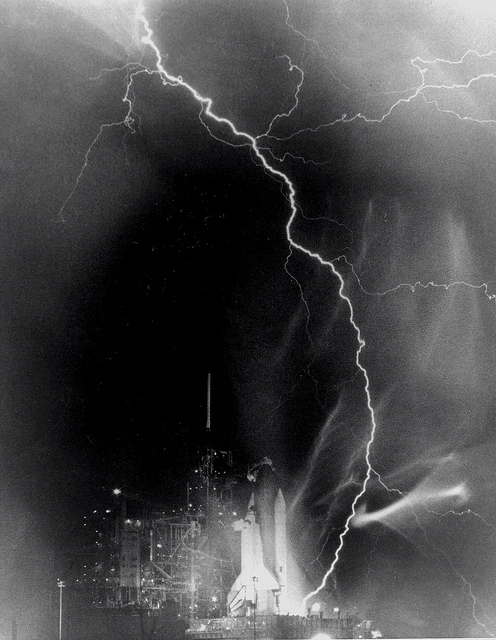



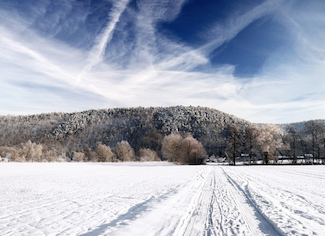
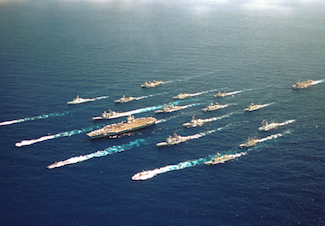
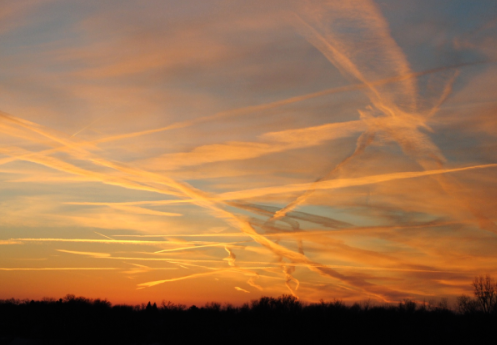
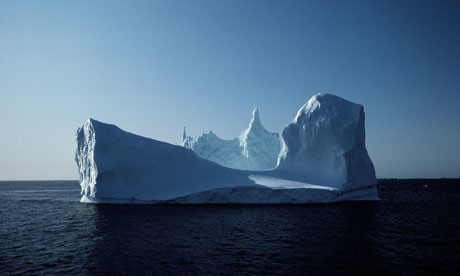
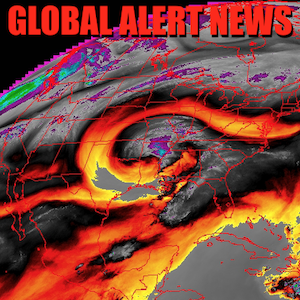
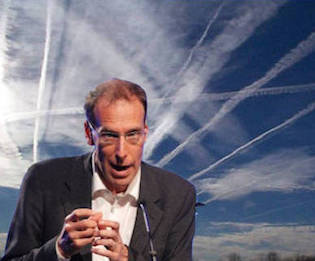

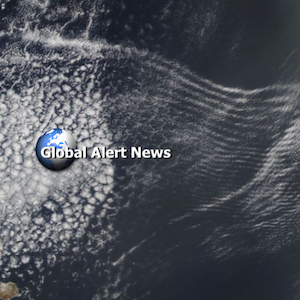
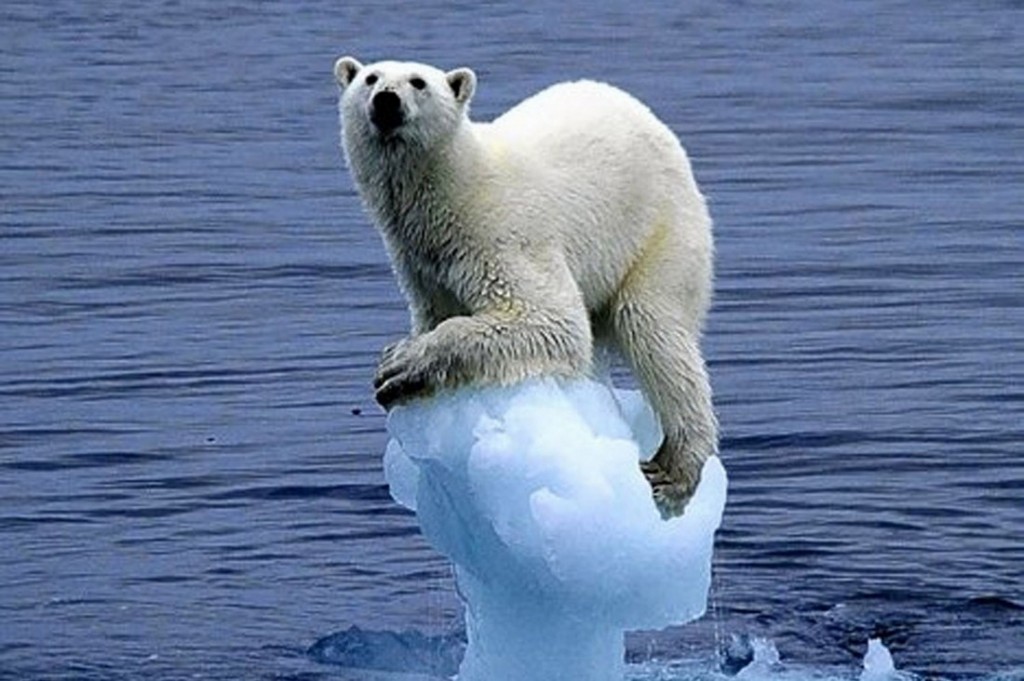
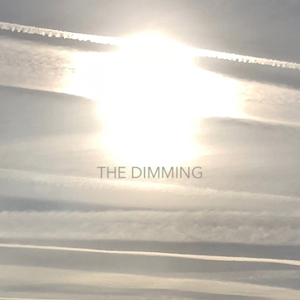

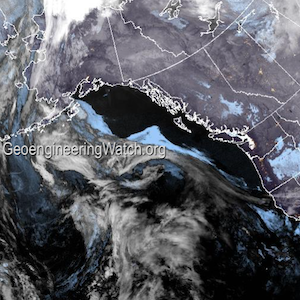


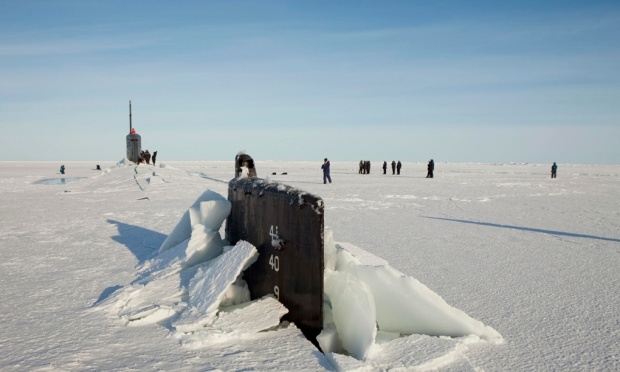


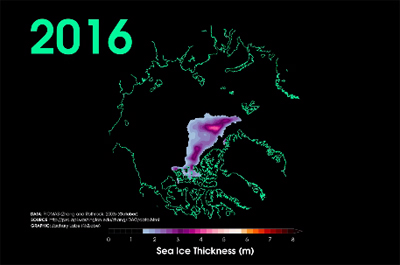








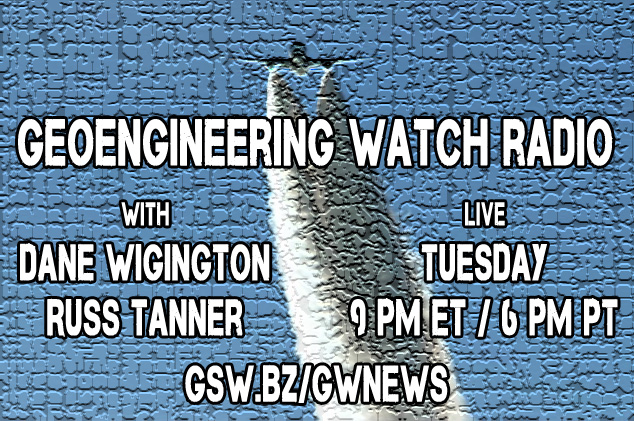


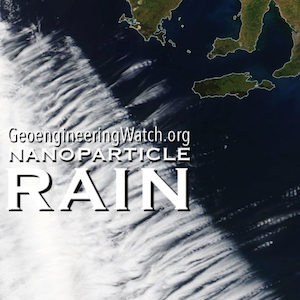
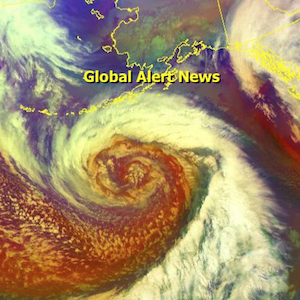

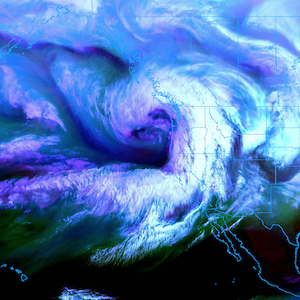

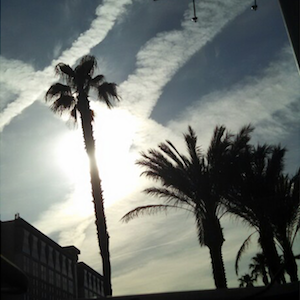




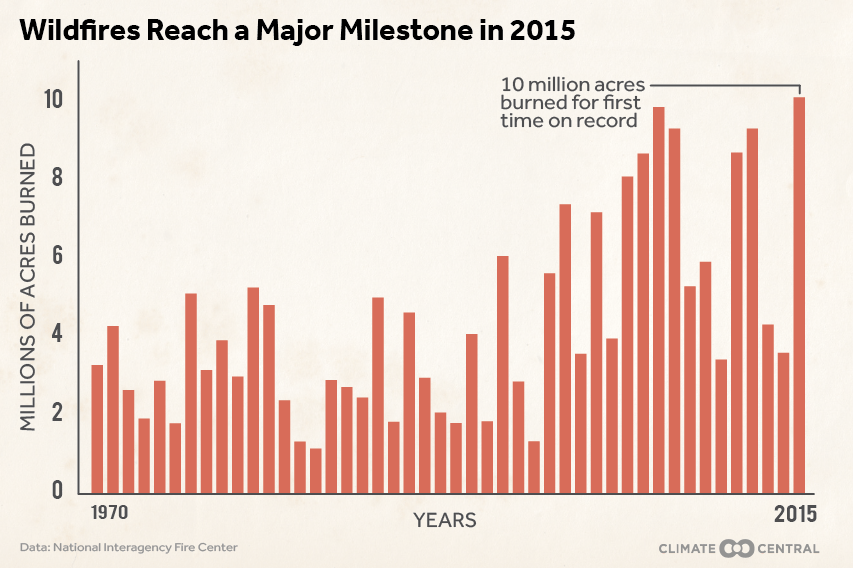
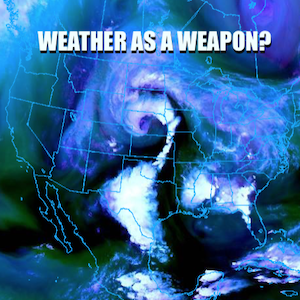
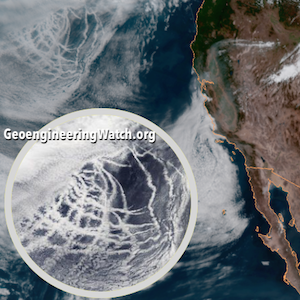
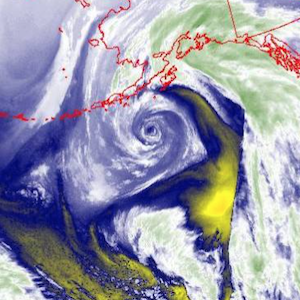



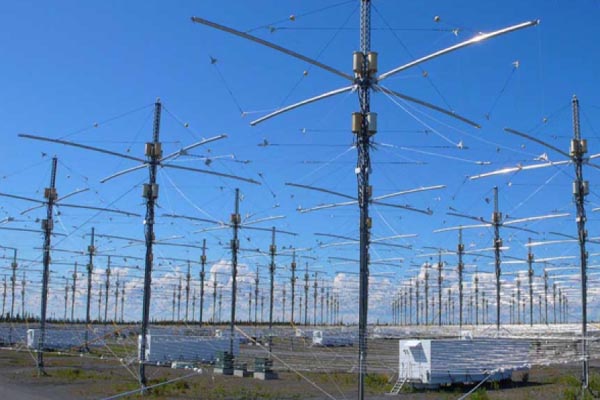

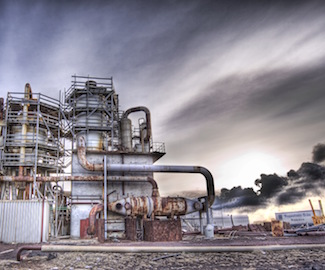
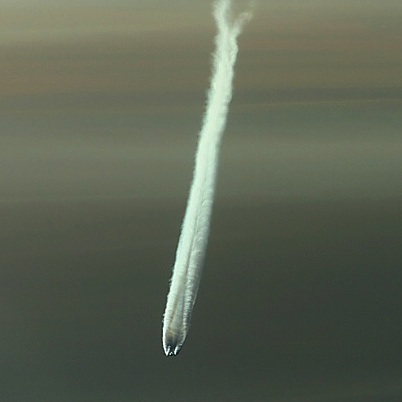
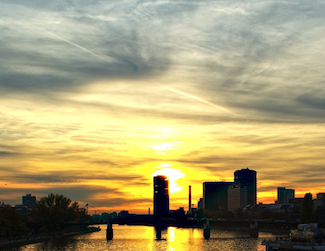

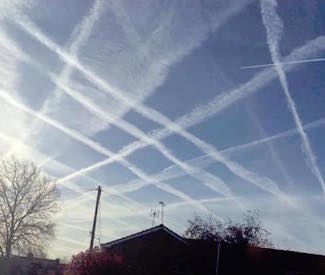
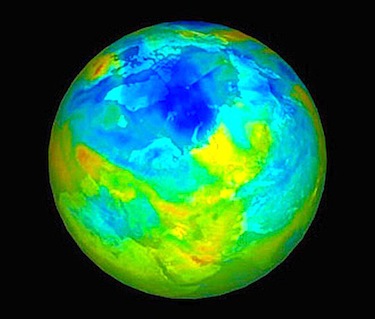
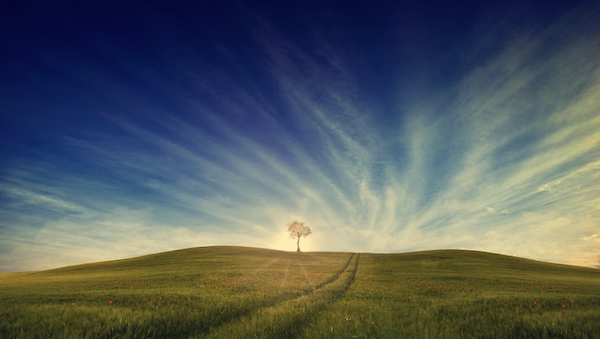
One Response
Warm temperatures cannot "chase away cooler air", the opposite in fact occurs, they rush to meet each other like long-separated lovers.
I cannot bring myself to believe that this simple truth, the basis of all weather on our planet, escapes these "world-class" scientists.